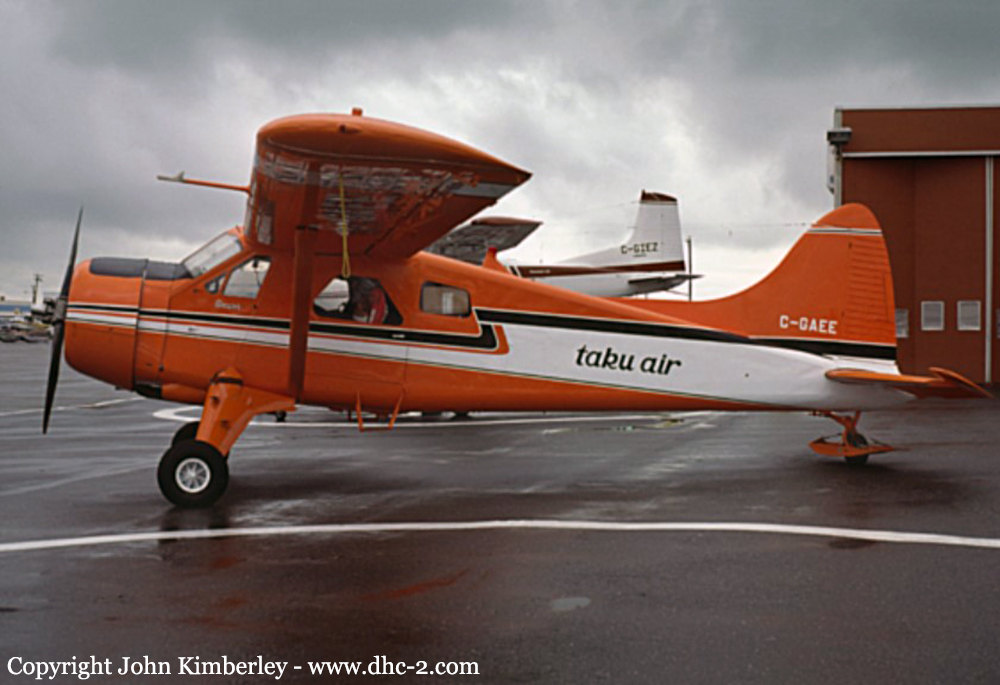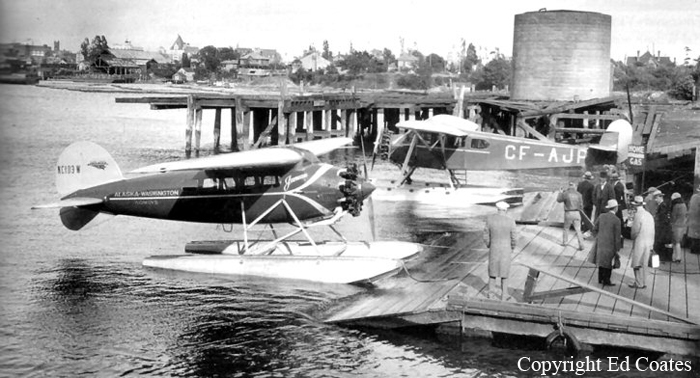Crash of a Cessna 207 Skywagon on Mt Llangorse: 3 killed
Date & Time:
May 4, 1990
Registration:
C-FBHN
Survivors:
No
Schedule:
Atlin – Smithers
Crew on board:
1
Crew fatalities:
Pax on board:
2
Pax fatalities:
Other fatalities:
Total fatalities:
3
Circumstances:
While cruising in marginal weather conditions on a flight from Atlin to Smithers, the single engine aircraft struck the slope of Mt Llangorse. All three occupants were killed.







